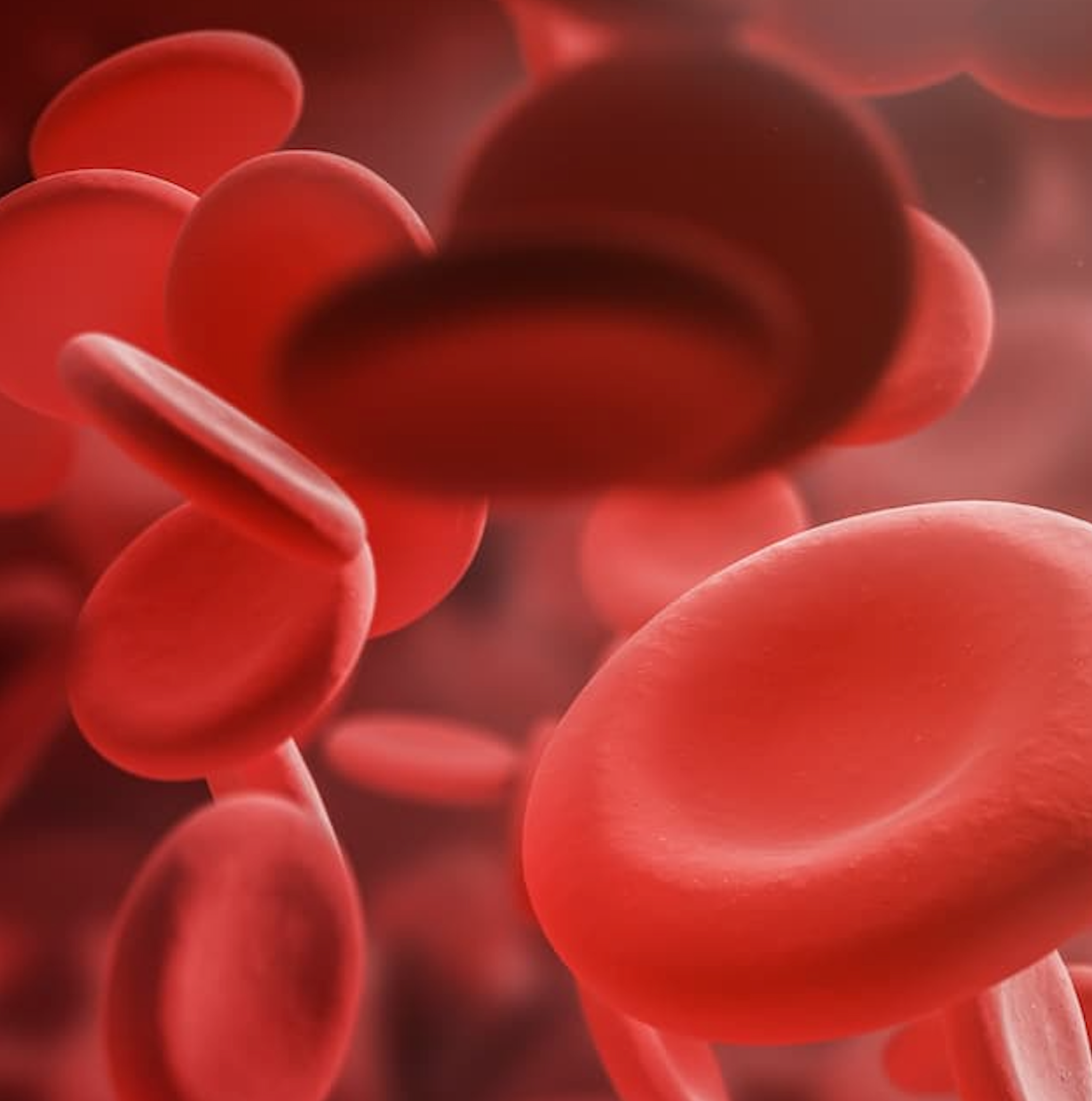
Children of mothers with higher levels of nutrition literacy (NL) do not have significant differences in iron deficiency without anemia (ID), iron deficiency anemia (IDA), or other forms of nutritional anemia compared to those of mothers with ‘borderline’ NL, according to new findings.1
These findings resulted from a new study conducted to assess the frequency of ID, IDA, and anemia among children with a focus on the level of their mothers’ nutrition literacy (NL).
This research was led by Özlem Tezol, from the Department of Pediatrics at the Mersin University Faculty of Medicine in Mersin, Turkey. Tezol and colleagues noted that prior research conducted in various countries had indicated that mothers’ NL is linked to substantial positive correlations with their children having better nutrition and generally better health outcomes.2,3
“Despite this significant prevalence, there are no current data on the relationship between NLM and iron deficiency or IDA in preschool children in Turkey,” Tezol and colleagues wrote. “The aim of this study was to comparatively assess the frequency of iron deficiency without anemia (ID) and IDA in children according to the level of NLM.”
The investigators used a cross-sectional study design, with their research conducted at Mersin University Hospital. The team looked at healthy children in the age range of 24-59 months who were also attending the hospital’s well-child outpatient clinic.
The research team’s criteria for exclusion criteria covered several different factors such as the childrens’ birth-related and health conditions. Some other criteria for the children’s exclusion from the work was use of nutritional supplements or supplements for iron deficiencies, requirements for unique diets, being obese or overweight, having a chronic disease diagnosis or infection, allergy or intolerance to foods, and the signs of infection and of high C-reactive protein concentrations.
The investigators implemented face-to-face interviews with the childrens’ mothers, and these took place in the span between February – May 2023. The team utilized a structured questionnaire for their collection of subject data regarding factors such as nutrition, sociodemographic characteristics, dietary patterns, and other attributes such as gender, age, details of birth, parental facts, income, and their residence.
The research team looked into the maternal NL aspect by utilizing the Nutrition Literacy Assessment Tool. In the grading process with this tool, NL is graded and a score between 0 – 11 is labeled ‘inadequate,’ 12 – 23 is ‘borderline,’ and between 24 – 35 is ‘adequate.’
They also used various child-related parameters, some of which included dietary diversity, anthropometric z-scores, scores on the Mediterranean Diet Quality Index, and childrens’ levels of hemoglobin and ferritin. After this collection period, the team began a comparative analysis.
Overall, the investigators ended up recruiting a total of 90 mother-child pairs in their research, with 40% of the mothers falling into the borderline NL label and 60% as the adequate NL label. They also found that among the children in the study, 16.7% were shown to have intellectual disabilities, 5.6% were shown to have IDA, and 20% were shown to have nutritional anemia.
Another notable finding was that prevalence of malnutrition for these children was shown to be much higher in the group of mothers that had borderline NL (13.9% vs. 1.9%, P = .036). That said, the occurrence of IDA, intellectual disabilities, and other elements of nutritional anemia were shown not to have exhibited major differences among both the borderline NL and adequate NL arms (30.6% vs. 40.7%, P = .326).
“Further studies in Turkey should include mothers with inadequate NL to assess iron and anemia status of their young children, and community-based case-control studies should assess the association between NLM and child ID, IDA, and anemia,” they wrote.
- Tezol Ö, Mammadova S. Mother’s nutrition literacy and offspring anemia: A comparison study in a single center. Turk Arch Pediatr. 2023;58(6):638-645.
- Sirajuddin S, Sirajuddin S, Razak A, Ansariadi A, Thaha RM, Sudargo T. The intervention of maternal nutrition literacy has the potential to prevent childhood stunting: randomized control trials. J Public Health Res. 2021;10(2):2235.
- Fadare O, Amare M, Mavrotas G, Akerele D, Ogunniyi A. Mother’s nutrition-related knowledge and child nutrition outcomes: empirical evidence from Nigeria. PLoS One. 2019;14(2):e0212775.
